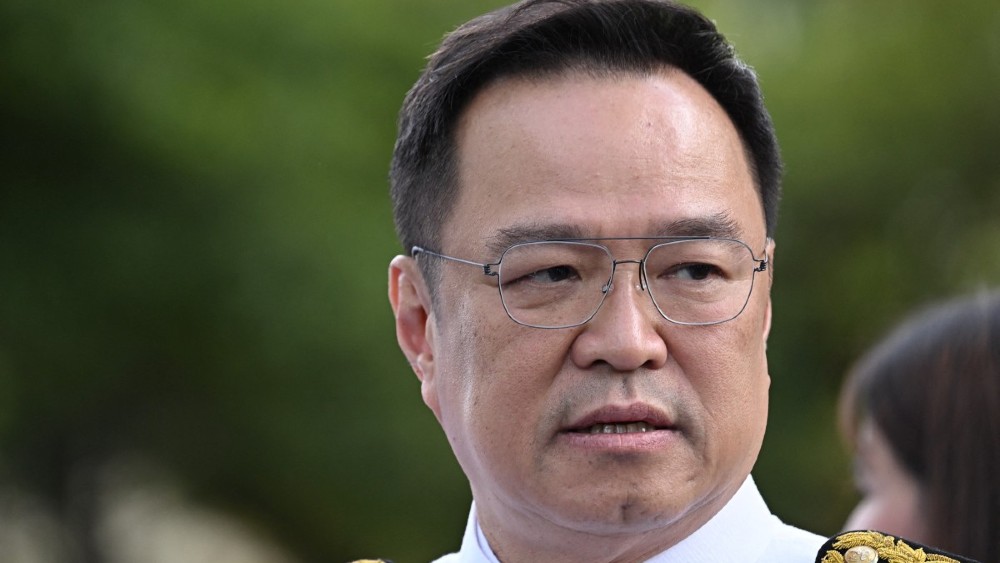TOKYO: Japan’s parliament elected ultraconservative Sanae Takaichi as the country’s first female prime minister Tuesday, a day after her struggling party struck a coalition deal with a new partner expected to pull her governing bloc further to the right.
Takaichi replaces Shigeru Ishiba, ending a three-month political vacuum and infighting since the Liberal Democratic Party’s election loss in July. Ishiba, who lasted only one year as prime minister, resigned with his Cabinet earlier in the day, paving the way for his successor.
Takaichi won 237 votes — four more than a majority — compared to 149 for Yoshiko Noda, leader of the main opposition Constitutional Democratic Party of Japan, in the lower house, which elects the prime minister. As the results were announced, Takaichi stood and bowed deeply.
The Liberal Democratic Party’s alliance with the Osaka-based Japan Innovation Party, known as Ishin no Kai, ensured her premiership because the opposition remains divided. The coalition still lacks a majority in both houses of parliament and will need to court other groups to pass legislation — a challenge that could make her government unstable.
“Political stability is essential right now,” Takaichi said Monday at the coalition signing ceremony with Japan Innovation Party leader and Osaka Gov. Hirofumi Yoshimura. “Without stability, we cannot push measures for a strong economy or diplomacy.”
The agreement reflects Takaichi’s nationalist positions. The deal followed the Liberal Democrats’ split with the Buddhist-backed Komeito party, which has a more centrist stance. The breakup threatened a change of power for the Liberal Democrats, which have governed Japan almost continuously for decades.
Later Tuesday, Takaichi, 64, is expected to present a Cabinet filled with allies of Liberal Democratic Party heavyweight Taro Aso and others who supported her in the party leadership race.
Yoshimura said the Japan Innovation Party will not take Cabinet posts until it gains confidence in its partnership with the ruling party.
Takaichi faces immediate challenges, including rising prices and slowing growth. She is expected to deliver a major policy speech later this week and hold talks with US President Donald Trump, as well as regional leaders. She has pledged to announce economic stimulus measures by December to ease public frustration.
While breaking barriers as Japan’s first female leader, Takaichi has shown little enthusiasm for advancing gender equality. She opposes same-sex marriage, allowing separate surnames for married couples, and permitting women in the imperial line of succession.
A protégé of slain former Prime Minister Shinzo Abe, Takaichi is expected to continue his policies of strengthening Japan’s military and revising its pacifist constitution. However, with limited parliamentary control, analysts say it remains uncertain how much she can achieve.
An admirer of former British Prime Minister Margaret Thatcher, Takaichi entered parliament in 1993 and has held senior roles, including minister of economic security and minister of internal affairs, though she has limited diplomatic experience.
Komeito’s departure from the ruling coalition followed frustration over corruption scandals and concerns about Takaichi’s revisionist views on Japan’s wartime history, including her visits to Tokyo’s Yasukuni Shrine — regarded by China and South Korea as a symbol of militarism.
In a recent gesture to ease regional tensions, Takaichi sent a religious offering instead of visiting the shrine in person on Friday.
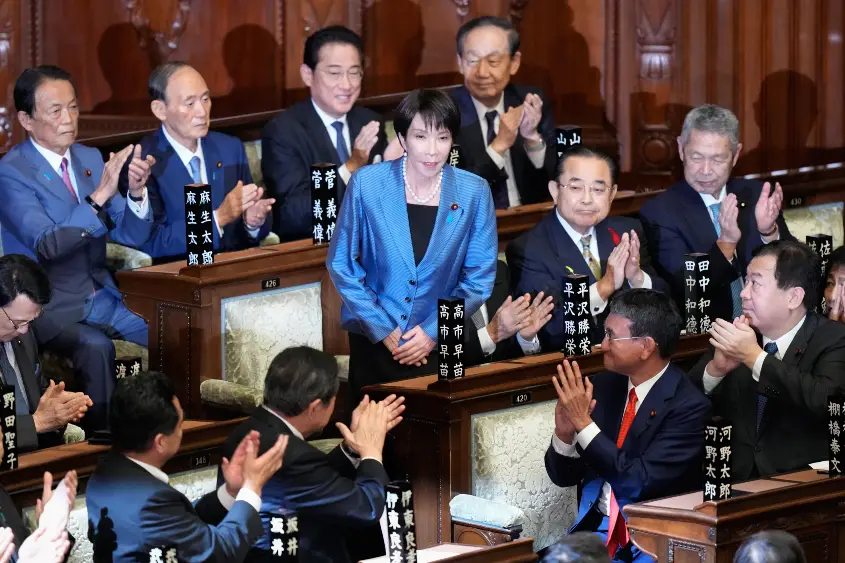
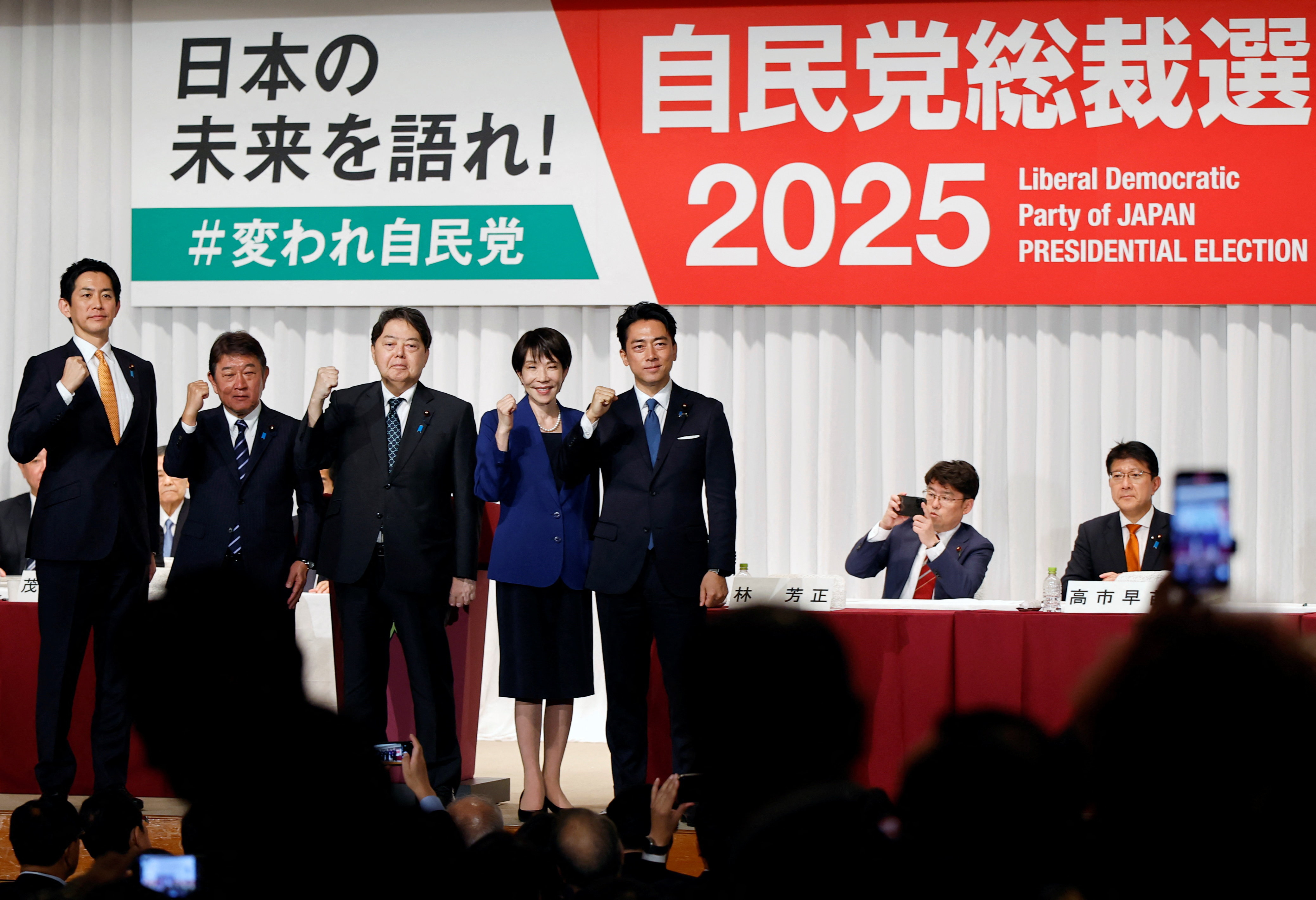
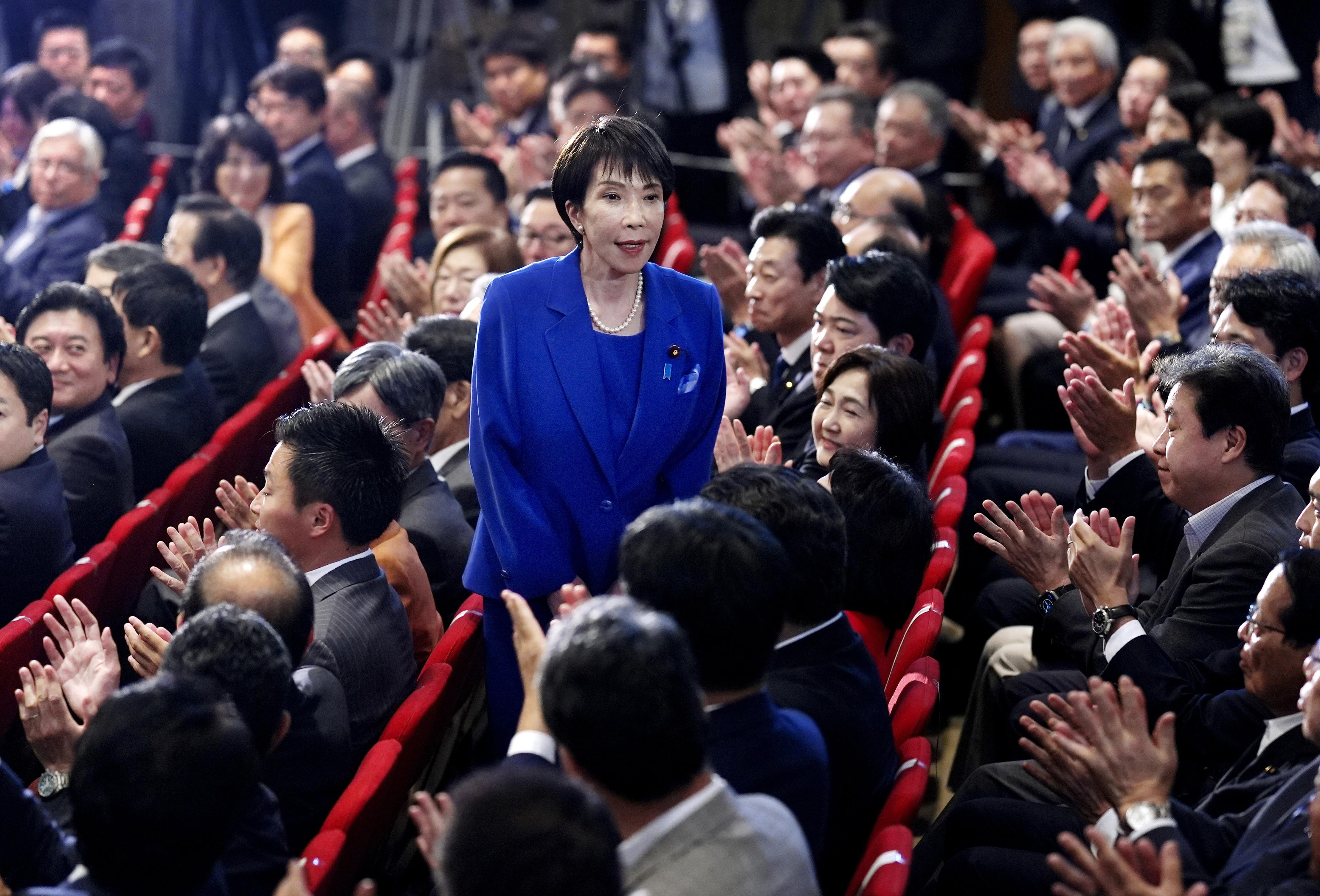
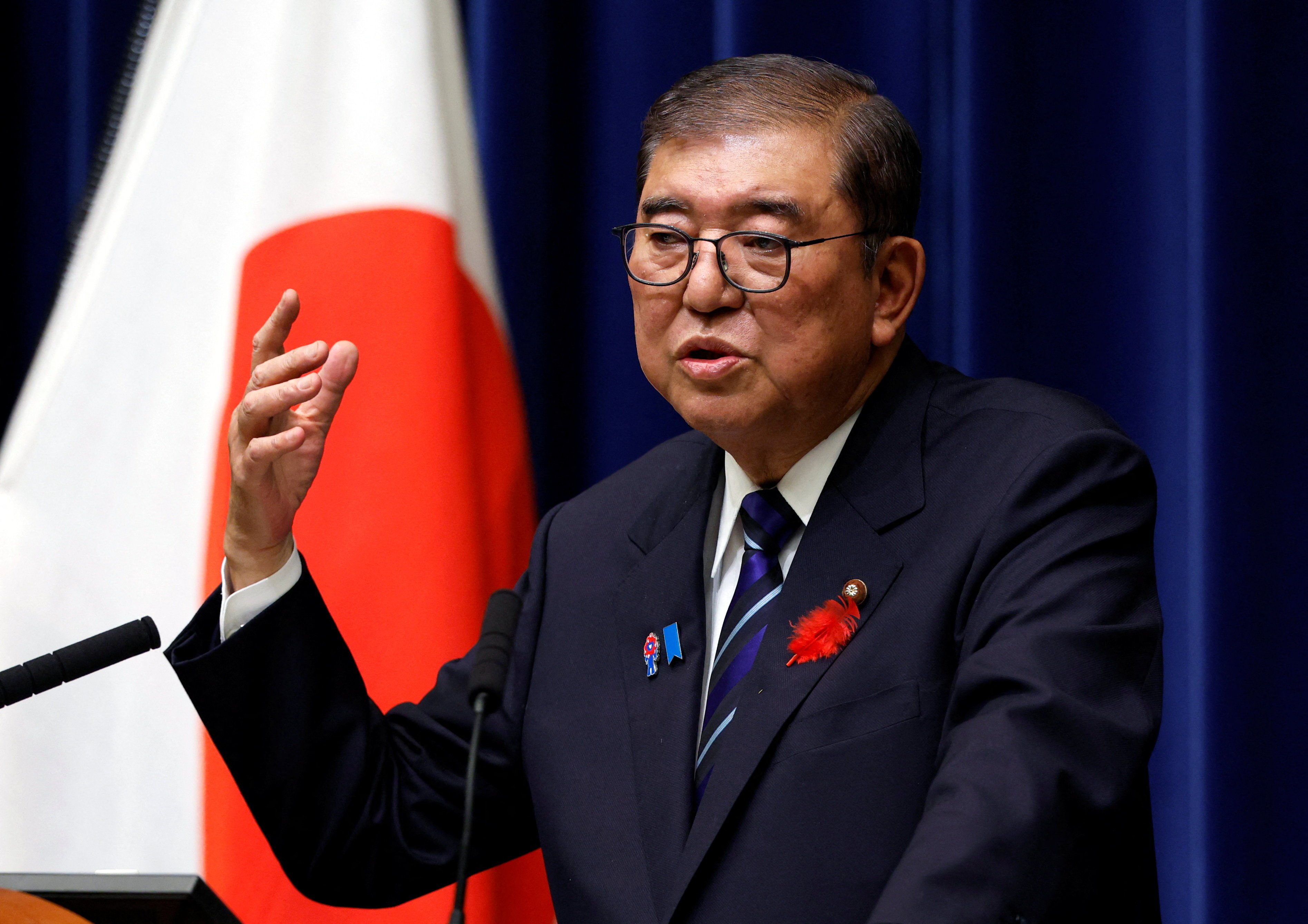
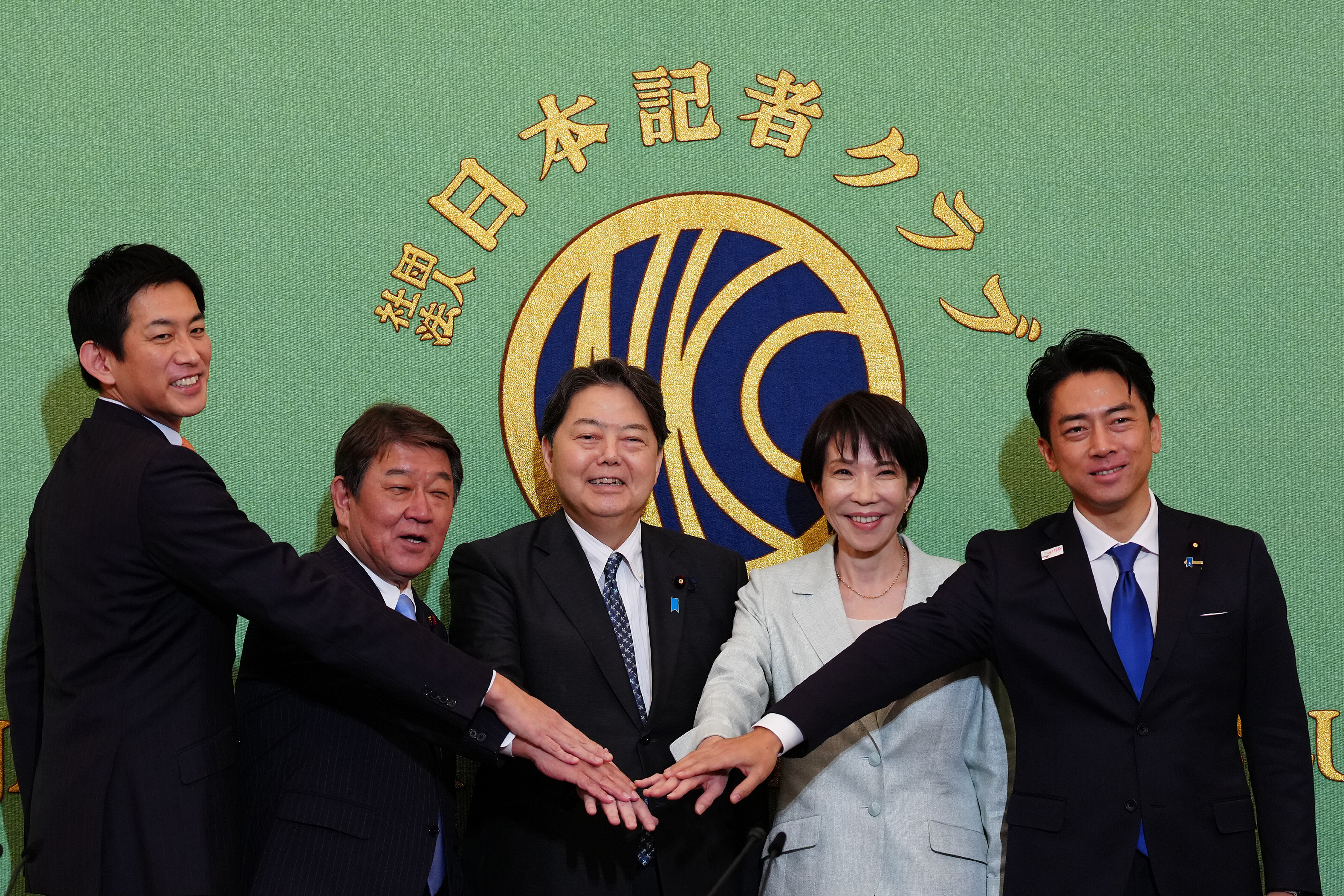
.jpg)


.jpg)
